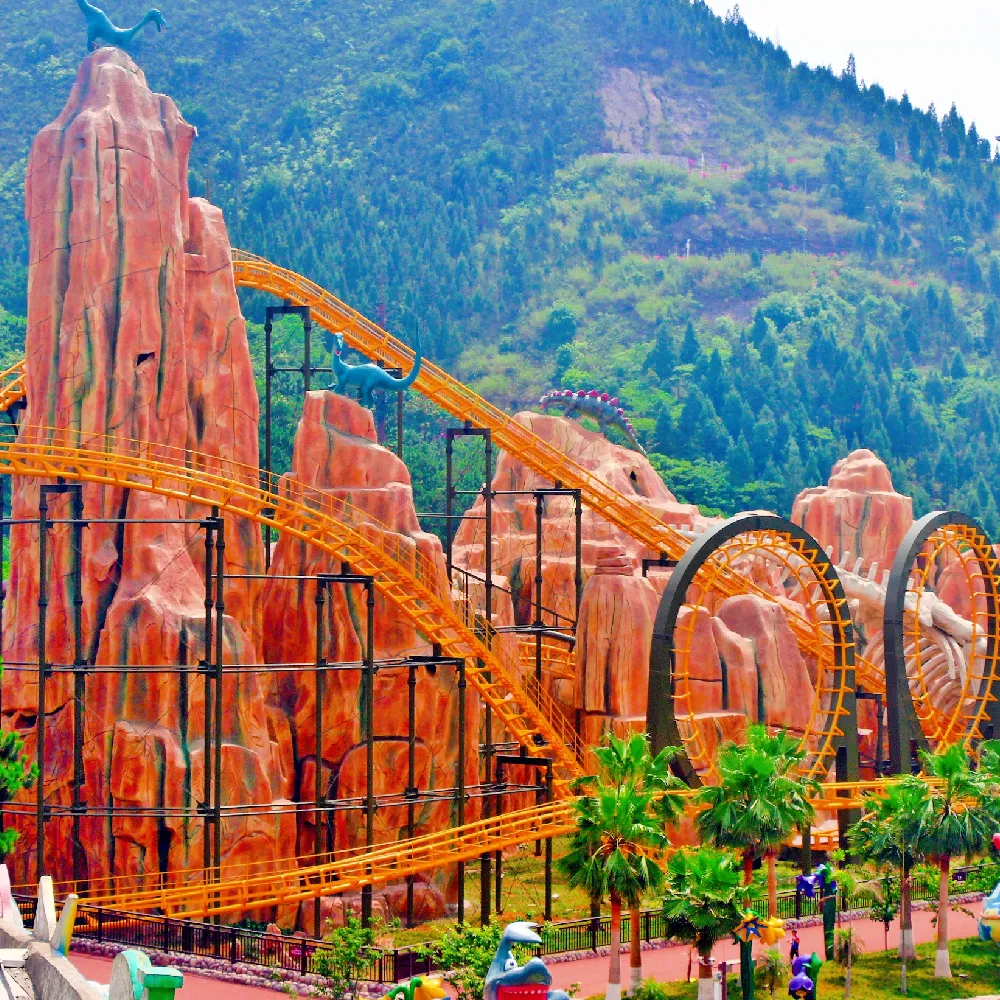- Albanian
- Arabic
- Belarusian
- Bengali
- Czech
- English
- French
- German
- Hebrew
- Hungarian
- Indonesian
- irish
- Italian
- Japanese
- kazakh
- Persian
- Russian
- Thai
- Uzbek
- Vietnamese
roller coaster engineer companies
The Thrilling World of Roller Coaster Engineering Companies
Roller coasters are one of the most exhilarating attractions in amusement parks around the world, combining speed, gravity, and innovative design to create unforgettable experiences. Behind every thrilling ride is a team of specialized engineers and companies dedicated to designing, constructing, and maintaining these colossal structures. The roller coaster engineering industry has evolved significantly, incorporating advanced technology, safety measures, and creative designs that push the boundaries of what is possible in amusement park entertainment.
Key Players in Roller Coaster Engineering
Several companies are at the forefront of roller coaster engineering, each specializing in different types of rides and experiences. Notable names include
1. Bolliger & Mabillard (B&M) Established in Switzerland, B&M is renowned for its smooth and high-thrill rides. Their coasters are often highlighted for their innovative design and engineering precision, hence their popularity in major theme parks worldwide.
2. Intamin A Swiss company, Intamin is known for creating some of the fastest and tallest roller coasters. Their designs often incorporate cutting-edge technology and unique elements, making them a favorite among thrill-seekers.
3. Gerstlauer Based in Germany, Gerstlauer is famous for their versatile ride designs ranging from family-friendly coasters to intense thrill rides. What sets them apart is their ability to integrate special features like spinning cars and vertical loops into their coaster designs.
4. Rocky Mountain Construction (RMC) RMC has gained recognition for their innovative approach to coaster rehabilitation, transforming old wooden coasters into modern hybrid rides. Their commitment to preserving classic rides while enhancing the guest experience has earned them a loyal following.
The Design and Engineering Process
roller coaster engineer companies

The creation of a roller coaster begins with conceptualization, where engineers brainstorm ideas based on the intended theme, target audience, and overall park experience. Once an idea takes shape, engineers draft detailed designs using advanced CAD software, ensuring every curve and drop is calculated for optimal safety and thrill.
Safety is paramount in roller coaster engineering. Each design must undergo rigorous testing and inspection to meet international safety standards. Engineers use computer simulations and model testing to analyze G-forces, stress factors, and ride dynamics. Physical prototypes may be built, and elements are tested extensively before the final installation.
The Role of Technology
Modern roller coasters rely heavily on technology. Computerized systems control the mechanics of the ride, ensuring smooth transitions and precise timing. Sensors and predictive algorithms monitor rider safety, making real-time adjustments to regulate speed and force. The use of virtual reality, augmented reality, and interactive elements is also on the rise, offering riders an immersive experience that goes beyond traditional thrills.
Environmental Considerations
As the amusement industry evolves, roller coaster engineering companies are increasingly considering environmental sustainability. Some companies are incorporating green technologies, such as energy-efficient lifts, and using reclaimed materials in coaster construction. Sustainable practices not only benefit the environment but also enhance a park's appeal to eco-conscious visitors.
Conclusion
The roller coaster engineering industry is a blend of creativity, technology, and engineering prowess. Companies dedicated to this field continue to push the boundaries of design while prioritizing safety and sustainability. As new technologies emerge and consumer expectations evolve, roller coaster engineers will undoubtedly keep thrilling millions with unforgettable experiences for years to come. Whether you’re a coaster enthusiast or a casual theme park visitor, the work of these engineers transforms dreams into reality, creating memories that last a lifetime.
-
Modern Family Coaster Rides Safe, Thrilling Fun for All Ages!Apr.29,2025
-
Fly Coaster Rides High-Speed Thrills & Safe Adventure ExperiencesApr.29,2025
-
Guangzhou Roller Coaster Rides High-Speed Thrills & Custom DesignsApr.29,2025
-
Affordable Infinity Roller Coaster Prices Custom Backyard Rides & QuotesApr.28,2025
-
Waterslide Ferris Wheel Dual-Action Amusement Park & Waterpark AttractionApr.28,2025
-
Carousel Mansfield Rides Timeless Indoor Family Fun Near YouApr.28,2025
